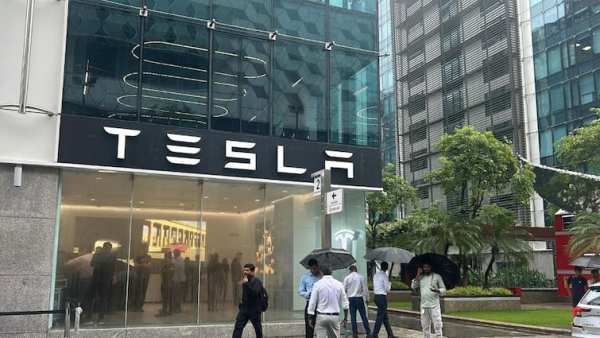From 2014 to 2024, the U.S. saw a 78% increase in millionaires, according to the The Henly Private Wealth Migration Report 2025 by investment consulting firm Henley & Partners.
|
Gold is viewed in the window of a store in the jewelry district on April 15, 2013 in New York City. Photo by AFP |
The report credits the U.S. EB-5 Immigrant Investor Program, established in 1990 and responsible for over $50 billion in foreign direct investment, along with an “entrepreneurial ecosystem” that is “unmatched in delivering transformative growth potential,” as key factors making the U.S. attractive to the wealthy.
Adding momentum to America’s appeal, the administration’s proposed Gold Card initiative promises to create a premium pathway for ultra-high-net-worth individuals, signaling recognition that competition to attract global super wealth has intensified, it added.
American nationals represent the largest source market for investment migration applications worldwide by a significant margin, accounting for over 30% of all applications processed by Henley & Partners so far in 2025, tripling from the first quarter last year, reflecting Americans’ increasing interest in global mobility options.
The U.S. was second to the United Arab Emirates in millionaire migration trend.
The UAE expects a net inflow of around 9,800 millionaires with an estimated $63 billion in wealth this year.
Between 2014 and 2024, the UAE experienced a 98% surge in its millionaire population.
Henley & Partners attributes this to the country’s “welcoming immigration policy,” absence of income tax, robust infrastructure, and political stability, making it highly appealing to high-net-worth individuals.
Globally, about 142,000 millionaires are expected to relocate to new countries in 2025.
The top destinations for these millionaires, apart from the UAE and the U.S, are Italy, Switzerland, and Saudi Arabia.
The report highlights that millionaire migration brings benefits such as increased foreign exchange revenue, the establishment of new businesses, stimulation of local stock markets and the middle class, indirect job creation through their spending, and a multiplier effect on wealth growth.









